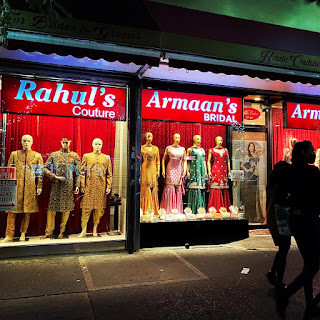| A Finnish Version of Freud's Wunderblock. |
The stylus is used to write, scribble, or draw on the transparent plastic sheaf which creates an impression on the middle thin layer. The magic slate I had as a kid was a simple plastic, red stylus. The slate itself was a flimsy plastic backing with the “magic sheaf” part lightly affixed to the backing.
When the sheaf is lifted, the thin papery layer which exists beneath it is erased of its impression. At the bottom, a resinous wax layer exists which retains etched into the resin the residuals, or traces of all the previous impressions.
Freud on the “Magic Slate”
Freud wrote a short seven-page essay called "A Note Upon The Mystic Writing Pad." He wrote the essay to explain his theory of memory via the working apparatus of the Wunderblock. The outer coating represents the protective layer of the mind. The layer protects the mind from too much excitation. Notice if the thin paper layer is torn or contaminated the Wunderblock ceases to work in the same way that trauma can irreparably damage the psyche. The stylus represents a stimulus from the outside world. The papery layer is the conscious mind and the wax resin is representative of the unconscious.
The memory of the present can be erased, but like the mind, retains the impressions in the unconscious. The Wunderblock can both destroy and create.
Freud thought the Magic Slate was the closest machine-toy resembling the human mind. The only difference between the Wunderblock and the human mind is the mind's waxy resin layer can come back and disrupt the psychic life. Notably in dreams and trauma.
Derrida On Freud
Derrida, in an essay called "Freud and the Scene of Writing" was astounded that Freud, as a metaphysical thinker, could have inadvertently stumbled upon a machine that is a metaphor for the techné (production) of memory.
Derrida wonders how Freud could have imagined the Wunderblock to represent the psychic life while not realizing that the fundamental essence of the toy, like the mind, is its reserve of graphical traces, not phonetic signifiers.




















